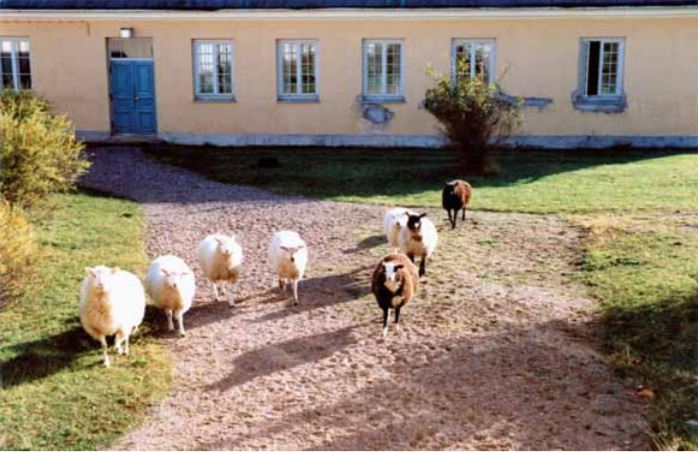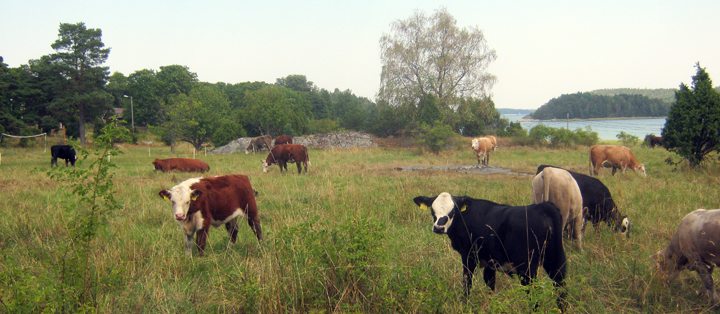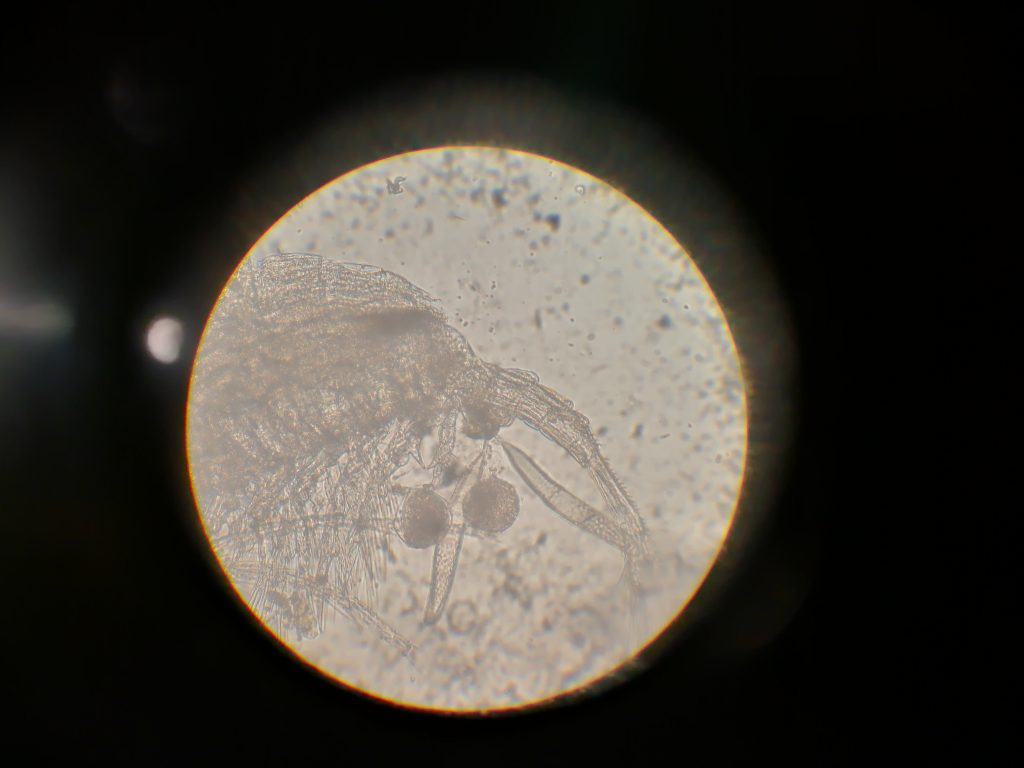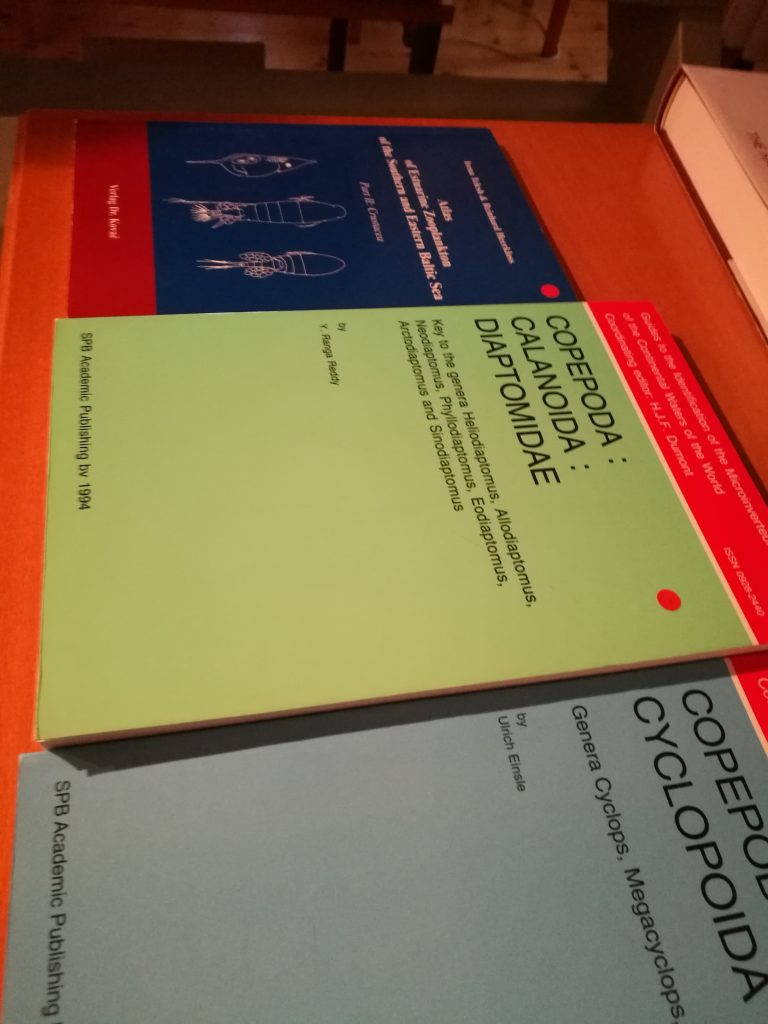In the eastern side of the Seili island, on top of a leading mark, is a nesting Osprey (Pandion haliaetus) couple totally unaware of its fame. The breeding of this second largest predatory bird species in Finland has been monitored through a web camera since 2006. The Osprey web camera was installed in Seili by the Turku University of Applied Sciences as part of NatureIT-projects and later, continued as part of Saaristomeri.info and BalticSeaNow projects. The last project, EU-funded BalticSeaNow ended in February 2013. Since 2015, the Archipelago Research Institute has participated in the maintenance and funding of the web camera and connections. The latest addition to the camera was a microphone, added to the camera assembly in 2016, so that sound can be transmitted. The Osprey cam can be found in the Saaristomeri.utu.fi website, updated and administered by the Archipelago Institute.
Like several other web cameras in Finland and worldwide, the Osprey cam of Seili has been very popular since its beginning. At its best, the ospreys have reached one million views per year! The camera is operated year round. During winter, viewers can admire the changing archipelago scenery and white-tailed eagles, crows, and ravens, occasionally visiting the nest.
At the moment, it is quiet, only the whistling sound of wind is heard through the speakers. The male osprey, called Vasuri (loose translation “lefty” or “left hand”), and the oldest two chicks, unofficially called Pomo (“the boss”) and Kakkonen (loose translation “the second” or “number two”), started the migration to Africa in August. The year has been a dramatic one for the osprey couple. The female osprey, called Tilda, disappeared from the nest in June. The couple had been nesting in Seili since 2011; before that, e.g. an osprey couple, called Tapani and Liisa, occupied the nest.
This spring, Tilda and Vasuri laid 3 eggs. The chicks were ringed in June. After the disappearance of Tilda, another dramatic event occurred in July, when the youngest sibling fell from the nest to its death as a result of food competition with the older siblings. This sort of behaviour, called siblicide, is rather common among birds and has been found to e.g. improve the survival of the remaining young (for more information on avian siblicide see e.g Mock et al. 1990).
Next spring, in March-April, when the ospreys return from their wintering grounds, nature’s drama continues and it remains to be seen whether Vasuri will return to the nest or will the nest be occupied by a totally new osprey couple..
References and more information:
- Convention on the conservation of European wildlife and natural habitats – 36th meeting of the Standing Committee – Strasbourg, 15 – 18 November 2016 – Plan for the Recovery and Conservation of Ospreys in Europe and the Mediterranean Region in particular
- Kontkanen & Nevalainen, 2002. Petolinnut ja metsätalous. Siipirikko 29(2): 1-80 (In Finnish).
- Luontoportti.com
- Mock et al. 1990. Avian siblicide. American scientist 78:438-449.
- Seili osprey web cam
Edit: corrected date.

